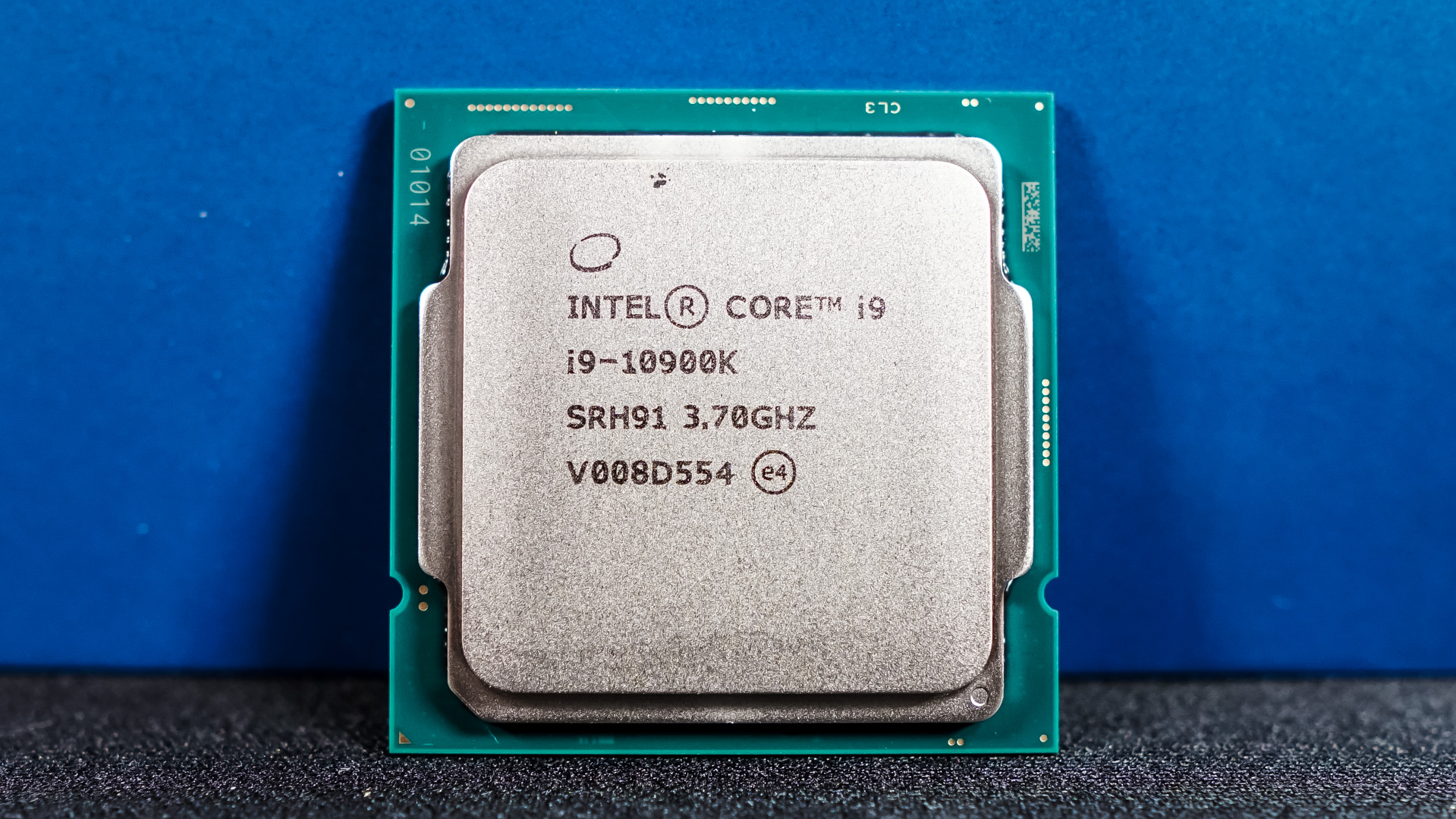Final Thoughts
So here we are in 2020 and Intel is still on 14nm. We’ve discussed at length Intel’s issues with getting to 10nm and we won’t get into that. With Intel’s issues getting to 10nm, AMD (on 7nm) has really become competitive again in the CPU space and as a consumer that is something I love to see. It in a way it has forced Intel’s hand in increasing core counts and keeping pricing reasonable for the consumer.
With that said even on 14nm+++ Intel’s 10th generation Core processors are very competitive and I have to say that is very impressive. Can you imagine the possibilities once Intel gets to 10nm or lower? In our case today we have the Core i9-10900K, which sits at the top of the 10th generation Core lineup. This chip is made to compete directly with AMD’s Ryzen 9 3900X. In our testing it is quite competitive, beating the Ryzen 9 3900X in gaming, but falling short in multi-core workloads. That is however expected as the Ryzen 9 3900X is a 12-core, 24-thread part and the Core i9-10900K is only 10-core, 20-thread. Adding two more cores definitely shortens the gap between AMD and Intel in terms of multi-core performance compared to what we saw with the Core i9-9900K. So if you are going to be doing multi-core workloads you are definitely going to see improved performance over the previous generation.
Single-core performance also goes to Intel here. In our tests we saw both Intel 9th and 10th generation processors beating AMD. You are going to see increased single core performance over the previous generation as well thanks to the increased clock speeds.
Now on to gaming where as expected Intel wins out. And again in all of our game tests the last couple of generations of Intel processors provide better gaming results than their AMD counterparts.
Overclocking the Core i9-10900K is quite easy to do whether you are doing it in the BIOS, with Intel XTU, or with motherboard companion software. With our chip we were able to bring all 10 cores up to 5.1 GHz with a Vcore of 1.30. Now we could boot at 5.2 GHz as well, but that overclock was not very stable. Also keep in mind that Intel basically threw two more cores into the same size die so you are going to need some hefty cooling if you want to run any significant overclock 24/7.
One thing I did notice when going through the BIOS on our Z490 motherboard is that we do have the ability disable HyperThreading for individual cores. This was only done globally (all cores) previously. Intel added this feature for gamers who want to set a few of their cores without HTT, and a few with HTT for streaming applications.
So if you are looking to choose between the Core i9-10900K and Ryzen 9 3900X here is what I have to say:
– If you are building a PC strictly for gaming, go Intel
– If you are building a PC for encoding and video editing, go AMD
– If you are doing both or have a mixed workload it is really your own choice (although platform has a lot to do with it)
Intel lists the price of the Core i9-10900K at $488 (per 1k units), so I would expect the retail price to be $529, which I feel is very fair for what you are getting and keep in mind that is the same price the Core i9-9900K launched at.
Pros:
– 10-core, 20-thread
– Increased single-core and multi-core performance over the previous generation
– Best mainstream gaming processor currently available
– Easy to overclock and updated overclocking options
– Priced to compete
Cons:
– Still falls to AMD in multi-core workloads


